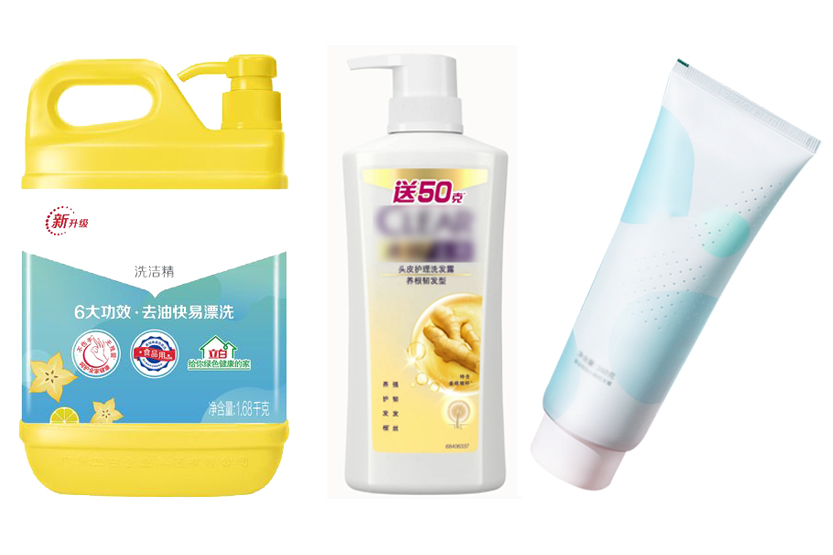
Dec . 15, 2024 07:09 Back to list
hpmc glass transition temperature
The Glass Transition Temperature in HPMC Understanding Its Significance
Hydroxypropyl methylcellulose (HPMC) is a widely used polymer in various industries, particularly in pharmaceuticals, food products, and construction. An essential property of HPMC, as well as of many other polymers, is its glass transition temperature (Tg). Understanding the glass transition temperature of HPMC is crucial for its application and effectiveness in various formulations and processes.
What is Glass Transition Temperature?
Glass transition temperature is a critical thermal property of amorphous materials, including polymers. It is defined as the temperature at which a polymer transitions from a hard and relatively brittle glassy state into a softer, more pliable rubbery state. This transition is not associated with a first-order phase change, meaning there is no latent heat involved. Instead, it is characterized by a significant change in physical properties, such as viscosity, elasticity, and thermal expansion. The Tg is influenced by several factors, including the polymer's molecular weight, degree of crystallinity, and the presence of plasticizers or other additives.
HPMC Structure and Applications
HPMC is a cellulose derivative that has been modified to enhance its solubility and functionality in various applications. Its structure includes hydroxypropyl and methyl substituents that provide unique properties, including water retention, thickening, and film-forming capabilities. Due to its non-toxic nature and compatibility with a wide range of substances, HPMC is extensively used in pharmaceuticals (as a binder, film-former, and stabilizer), food (as a thickener and emulsifier), and in construction materials (as an additive to improve workability and performance).
The Glass Transition Temperature of HPMC
The glass transition temperature of HPMC varies based on several factors. Generally, HPMC has a Tg in the range of approximately 80°C to 120°C, but this can be influenced by its molecular weight and the specific degree of substitution of the hydroxypropyl and methyl groups. Higher molecular weight HPMC tends to have a higher Tg due to increased intermolecular forces that contribute to the rigidity of the polymer chain.
hpmc glass transition temperature

The presence of moisture and plasticizers is another critical factor affecting the Tg of HPMC. Water, for instance, acts as a plasticizer, lowering the Tg significantly as it disrupts the hydrogen bonding in the polymer chains, making them more flexible. This is particularly important in pharmaceutical applications, where the moisture content can greatly influence the properties of the final product.
Importance of Tg in Applications
Understanding the Tg of HPMC is vital for numerous applications. In the pharmaceutical industry, for example, the Tg affects the stability, release profile, and overall bioavailability of drug formulations. A Tg that is too high may lead to brittle formulations that are difficult to process and package, while a Tg that is too low may result in excessive moisture uptake, leading to a reduced shelf life.
In food applications, the Tg is crucial for maintaining the desired texture and consistency of products. For example, if the Tg is too low, HPMC may produce a product that is unacceptably sticky or gooey, while a Tg that is too high may make the product gritty or unpalatable.
In construction materials, the Tg of HPMC can impact the workability and durability of products like cement and plaster. The right Tg ensures that the materials maintain their integrity during application while providing the necessary flexibility and adhesion once set.
Conclusion
In summary, the glass transition temperature of HPMC is a critical parameter that influences its performance across various industries. Understanding Tg provides insight into the material's behavior under different conditions, allowing manufacturers and formulators to optimize their products for performance and stability. As the demand for HPMC continues to grow in pharmaceutical, food, and construction applications, ongoing research into its thermal properties, particularly Tg, will remain essential. By tailoring HPMC characteristics to meet specific requirements, industries can achieve enhanced product performance and greater consumer satisfaction.
-
Versatile Hpmc Uses in Different Industries
NewsJun.19,2025
-
Redispersible Powder's Role in Enhancing Durability of Construction Products
NewsJun.19,2025
-
Hydroxyethyl Cellulose Applications Driving Green Industrial Processes
NewsJun.19,2025
-
Exploring Different Redispersible Polymer Powder
NewsJun.19,2025
-
Choosing the Right Mortar Bonding Agent
NewsJun.19,2025
-
Applications and Significance of China Hpmc in Modern Industries
NewsJun.19,2025







